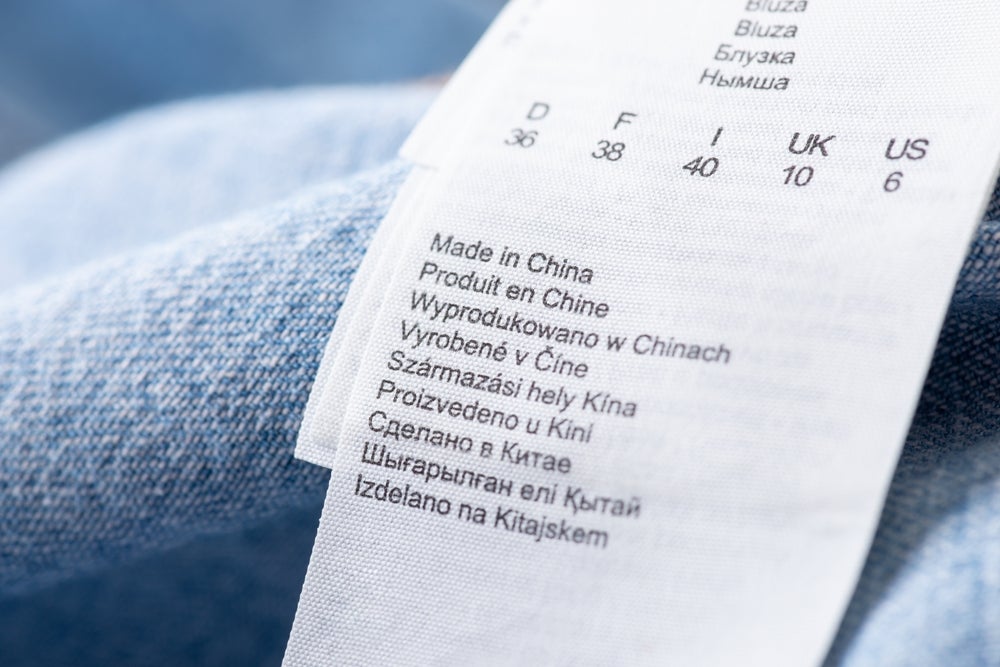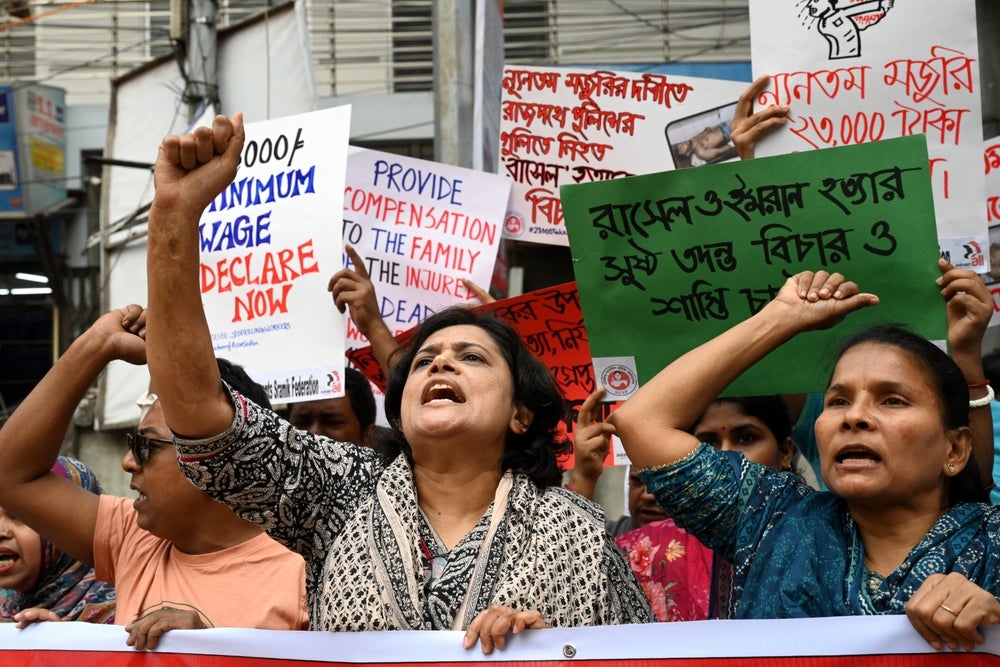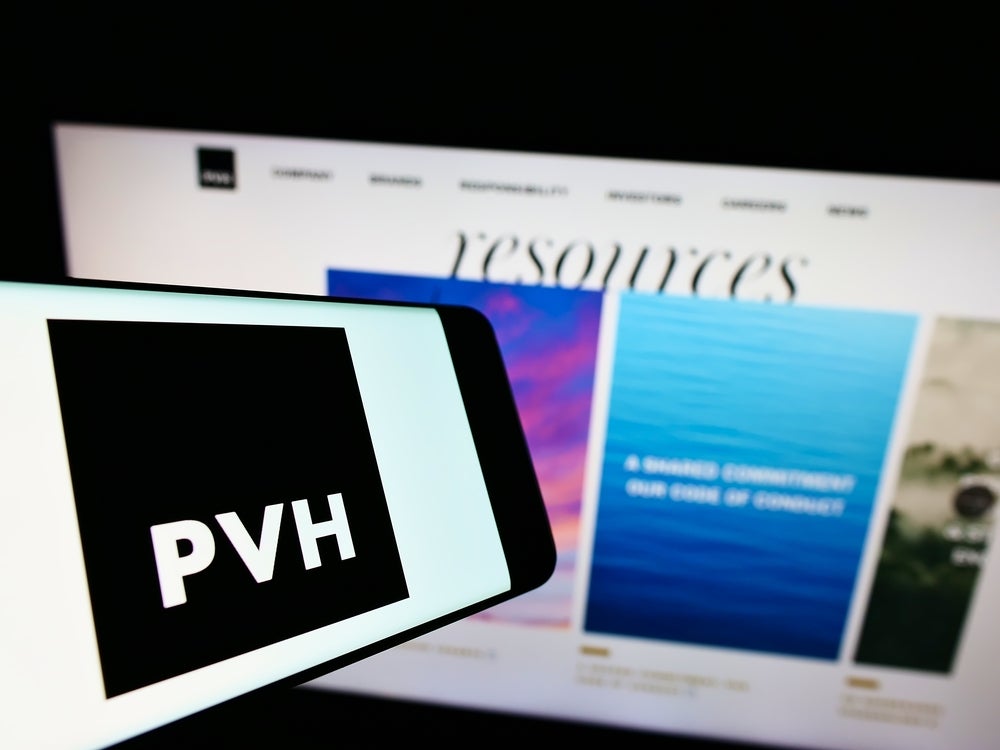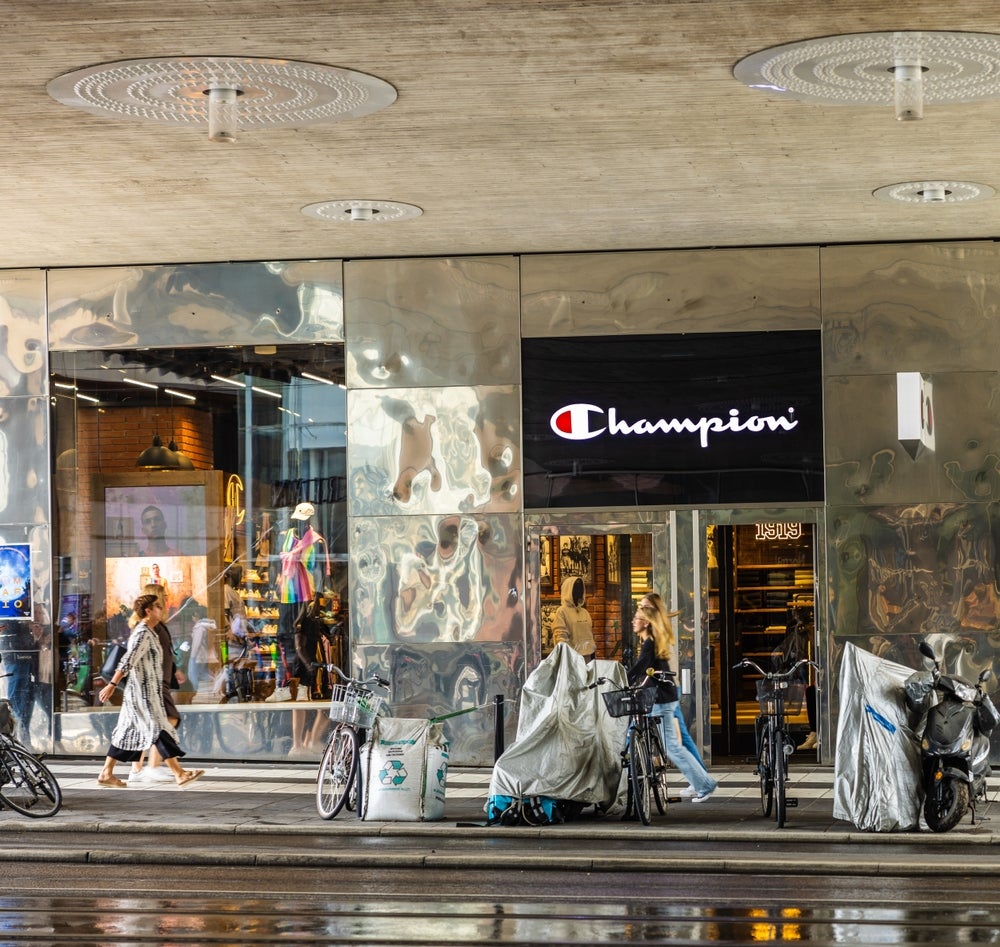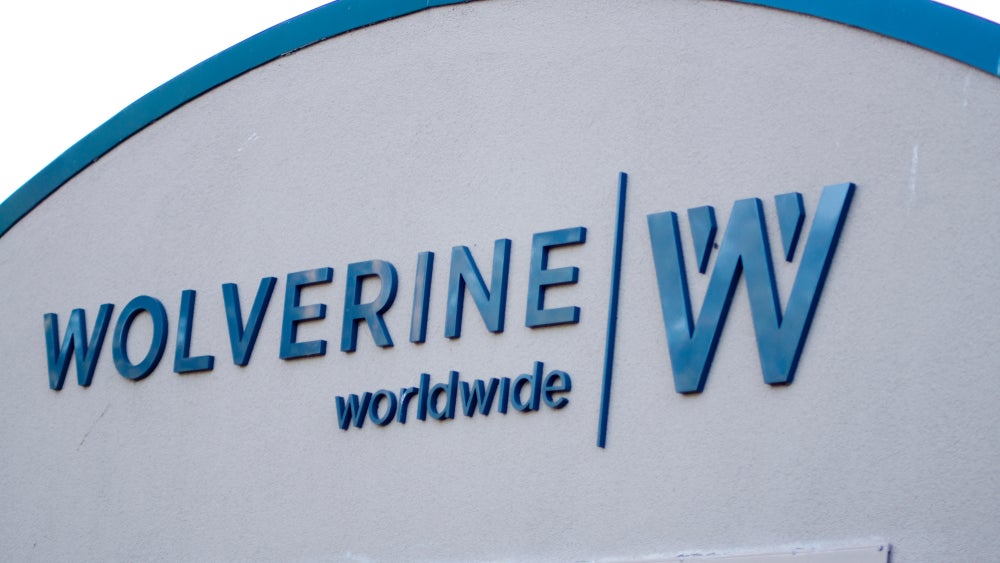Robert Silvers, undersecretary for policy at the US Department of Homeland Security and chair on the Forced Labour Enforcement Task Force tells USFIA conference delegates how the Uyghur Forced Labor Prevention Act is being enforced, 17 months after it came into effect.
Under the Uyghur Forced Labor Prevention Act, any company importing goods into the US from the Xinjiang region of China, including apparel, must certify that those items were not produced using forced labour at any point or face penalties.
Silvers says the law “really affected a sea change” in the way that the US government approaches the enforcement of forced labour legislation. “The burden was really put on importers, to substantiate the provenance of the products that they want to bring in,” he explained.
Under the 2022 law, the onus is now on importers to know their supply chains and to practice proper due diligence. Silvers says the taskforce has been “speedy, strong and surgical” in its implementation of the law, after US Congress gave the department just six months to enforce the new rules.
“Some of this is old to us – we’ve been enforcing forced labour laws for a century or so,” Silvers explains. “But some of it is quite new and emergent too, but there is no question that this issue has elevated importance everywhere.”
Forced labour laws are also coming into effect outside of the US. Canada’s Fighting Against Forced Labour and Child Labour in Supply Chains Act will come into effect on 1 January 2024 and the EU is also working on banning products made with forced labour from circulating within its market.
“I think we’ve sent a pretty clear message to the importing community that we’re taking this obligation very seriously,” Silvers states. He says his department was finding a balance between its twin missions of enforcing forced labour laws and facilitating lawful international commerce.
“We think we found a very appropriate balance and approach there,” Silvers explains. He adds the department felt it was honouring the law and human rights as well as fair trade practices, as well as “the fact that the overwhelming majority of US companies want to do the right thing”.
Using technology to trace forced labour within supply chains
Another development Silver is keen to share is the department’s eagerness to collaborate with importers on technology that could help with tracing and supply chain transparency. He mentions DNA testing technology as a promising area, particularly in the apparel sector.
Silvers says there isn't yet any “silver bullet” technology in this area but his team are “very open” to DNA testing evidence from apparel importers. He adds: “We’re taking note of the kinds of submissions we’re getting.”
Another technological development Silvers highlights as being exciting is supply chain mapping software. “There are a few out there that are showing a lot of promise to be able to go really deep,” he says. He hopes that one day importers and enforcers could use the same mapping tools that cover all tiers of the supply chain.
Patents filed by apparel companies mentioning forced labour
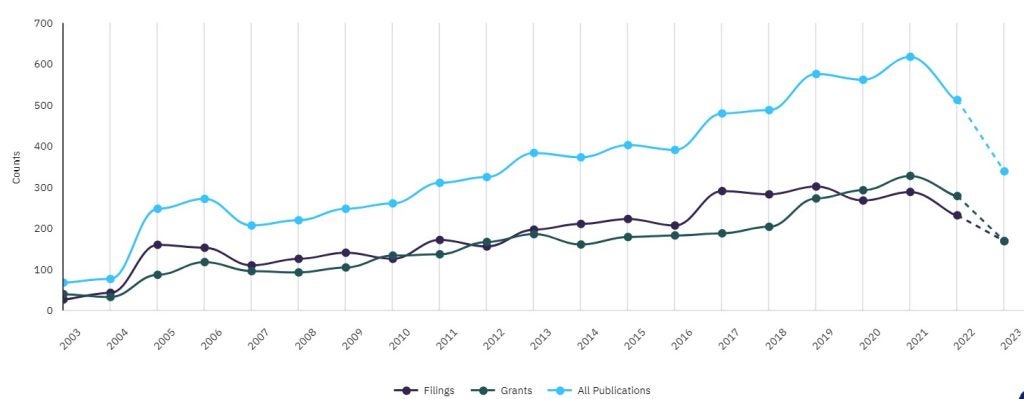
GlobalData’s patents data shows the number of patents filed by apparel companies that mention “forced labour”, “Uyghur”, “child labour” and “Xinjiang region” over the past 20 years. It supports Silvers’ claims of real progress being made in new technologies to help apparel companies comply with new forced labour laws around the world.
The data also seems to show that innovation in this area peaked around the time the US Uyghur Forced Labor Prevention Act was passed (2021) with 290 patents being filed and 329 being granted.
By 2023, this seems to have tailed off slightly with just 170 patents filed and granted to apparel companies.
More technological development in this field is welcomed with Silvers adding that US’ enforcement of the act is still evolving and he expects to see more innovation in the coming years.
He says: “From a reputational perspective, there’s just no question that we’re going to start coalescing through trusted trader programmes, through the use of common technologies and approaches that decrease the uncertainty level.
“It’s an ongoing process. Like fashion, it’s never over.”
Our signals coverage is powered by GlobalData’s Thematic Engine, which tags millions of data items across six alternative datasets — patents, jobs, deals, company filings, social media mentions and news — to themes, sectors and companies. These signals enhance our predictive capabilities, helping us to identify the most disruptive threats across each of the sectors we cover and the companies best placed to succeed.


